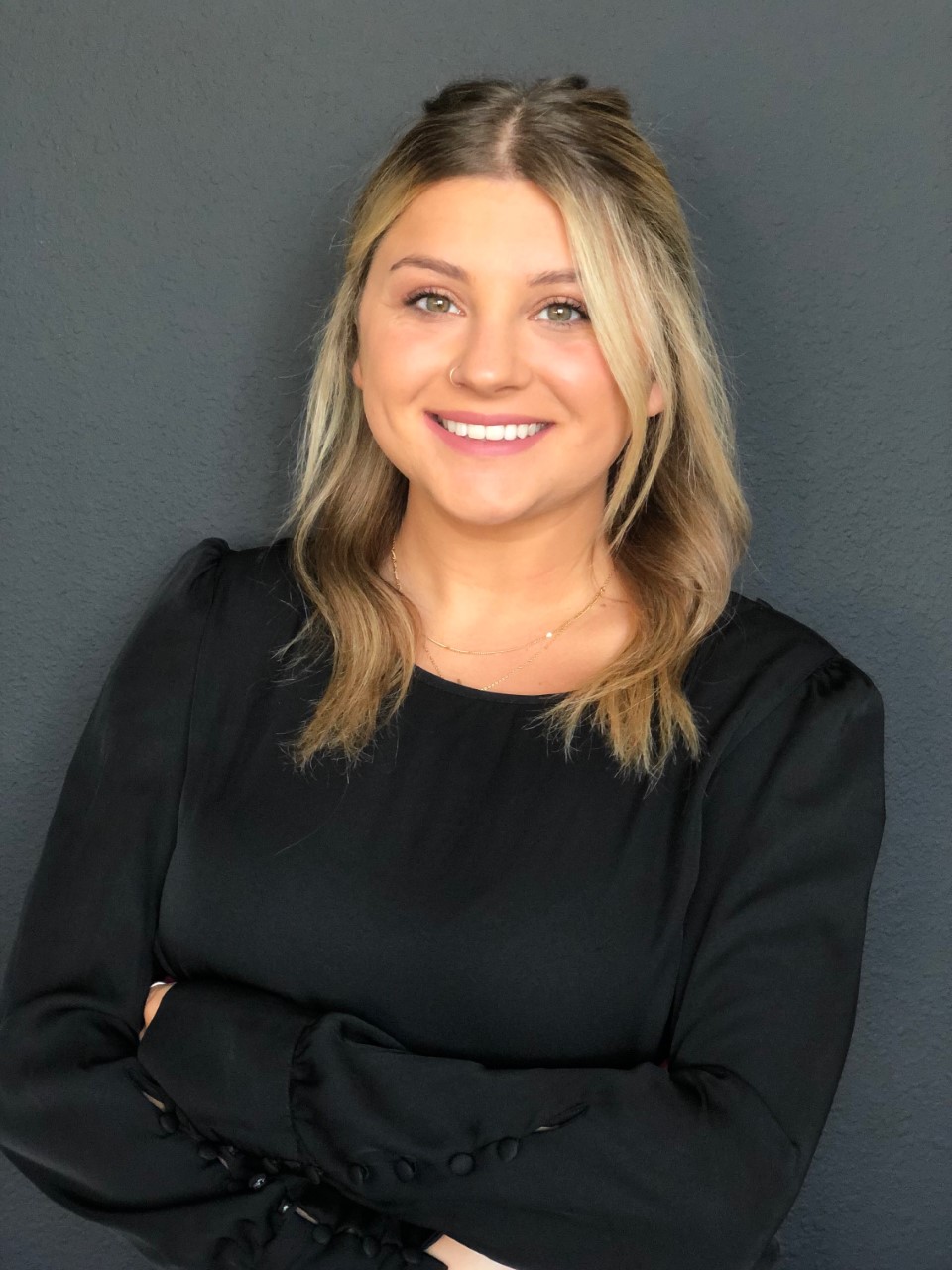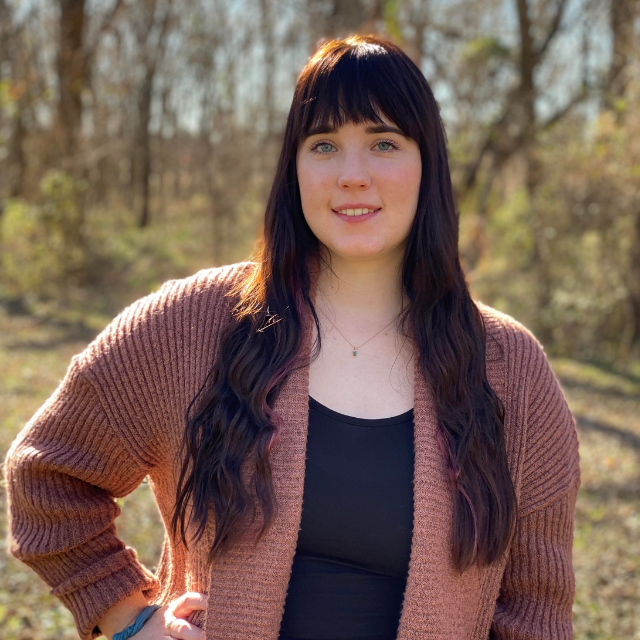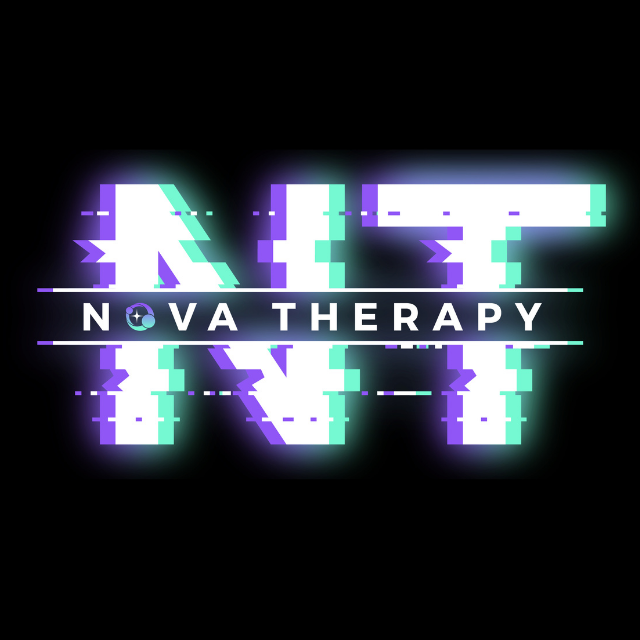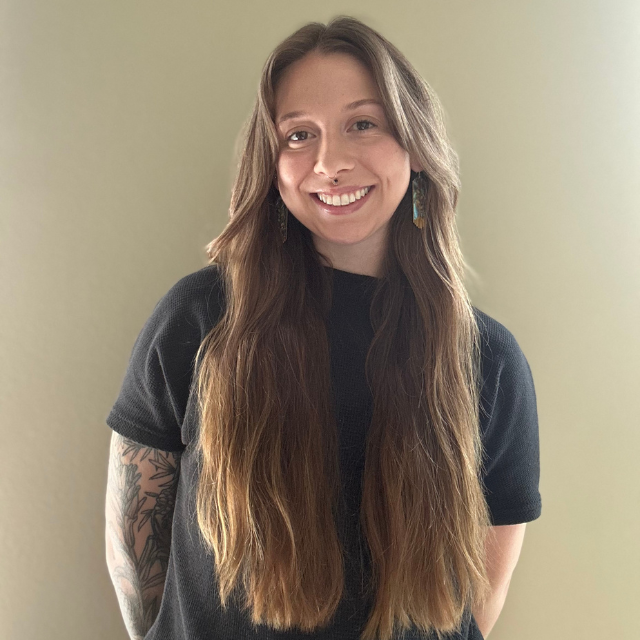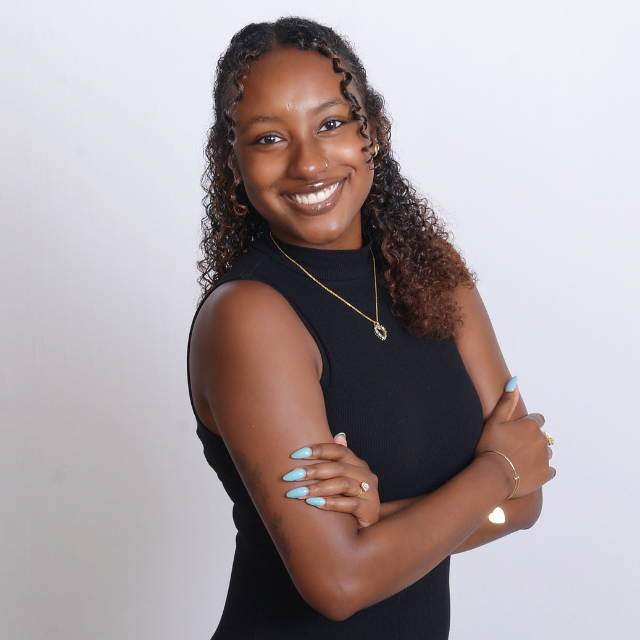
by Calien Trevino | May 22, 2025 | Anxiety, Complex PTSD, General, Personality Disorders, Trauma- and Stressor-Related Disorders
The Invisible Weight of Womanhood
Living as a woman in today’s world isn’t just exhausting—it’s psychologically damaging. We carry the trauma of generations who were silenced, dismissed, abused, and expected to smile through it.
We’re told to be soft but not weak, sexy but not sexual, driven but not intimidating. God forbid we actually express rage, grief, or exhaustion—we’re quickly labeled “crazy,” “hormonal,” or “too much.”
But we aren’t crazy. We’re traumatized by expectations that were never made for us to thrive.
When Mental Health Becomes a Political Battlefield
I live in Texas. And as I write this, I do not have full rights over my body. If a man chooses to violate me, the law says I have to carry the aftermath. That’s not just wrong—it’s soul-crushing. It is a mental health crisis disguised as policy.
Being stripped of your autonomy, being told your pain is irrelevant, and your body is not your own? That is trauma. That is fear. That is depression, anxiety, and hopelessness wrapped in law.
And yet, we’re told to be “resilient.”
The System Was Designed to Break Us
We weren’t always allowed to vote. We weren’t always allowed to own property. We were seen as wives, mothers, servants—and that conditioning hasn’t magically disappeared.
We internalize it:
This is how emotional trauma festers. This is how women learn to gaslight themselves before the world even gets the chance.
“You are not too much. You’ve just outgrown their small expectations.”
The Psychological Toll of Gender Roles
Let’s talk about the mental health symptoms no one tells you are linked to gendered trauma:
-
People-pleasing that stems from fear of rejection.
-
Perfectionism because we were only praised when we were “good.”
-
Disordered eating as a way to control how we’re perceived.
-
Anxiety masked as “high-functioning.”
-
Depression we’re too busy to notice because we’re “strong.”
We are carrying the emotional weight of being everything for everyone—except ourselves.
Toxic Relationships Aren’t Just Breakups—They’re Wounds
Toxic relationships are often the most intimate reenactments of the trauma we were groomed to accept.
They tell us we’re hard to love.
That we’re lucky someone wants us.
That we should settle.
That our boundaries are “too much.”
And when we finally walk away, we’re left with a mess to clean up—alone. The gaslighting. The shattered self-worth. The ache of knowing we believed someone who treated us like we were disposable.
But here’s the truth:
“She rebuilt herself from the ashes of every lie she was told about her worth.”
This Is More Than Self-Care—This Is Revolution
Mental health for women isn’t just about bubble baths and journaling.
It’s about:
Healing is an act of rebellion in a world that profits off our brokenness.
Every time we say no, choose rest, protect our peace, or leave something that doesn’t love us back—we disrupt centuries of control.
You Are Not Alone—And You Are Not the Problem
If you feel burned out, bitter, or broken, please hear me:
You were never meant to carry all of this alone.
You were never meant to be perfect to deserve peace.
You are not “too much.” You’re too awake to keep playing small.
“You are allowed to take up space. You are allowed to be loud. You are allowed to be angry. You are allowed to be free.”
Final Words
This world has tried to shrink us, silence us, and steal our bodies—but it cannot touch our minds unless we surrender them.
So don’t.
Take your time. Take your power. And take back your mental health like your life depends on it—because honestly? It does.
You are not crazy. You are conditioned.
And now, you are unlearning.
Let that be your revolution.
Let’s talk about it in therapy. Visit us at https://www.novatherapypllc.com to get started.

by Calien Trevino | May 9, 2025 | Anxiety, Complex PTSD, Eating Disorder, General, Mood Disorders, Trauma- and Stressor-Related Disorders
You can have six-pack abs and still feel like shit inside. Harsh truth? Maybe. But it’s real. We live in a world that worships the grind — morning workouts, green smoothies, biohacks — but if your inner world is in survival mode, all that self-care becomes surface-level.
Let’s break it down.
Physical Health Matters — No Doubt
We’re not here to hate on fitness, kale, or sunshine. Physical health plays a huge role in supporting your mental health. Your body and brain are on the same team.
Here’s why physical health is important:
-
Vitamin D from sunlight boosts serotonin — your mood’s best friend.
-
Exercise releases endorphins, which naturally fight depression and anxiety.
-
Sleep gives your brain time to reset, sort emotions, and rebalance your system.
-
Nutrition matters. Your gut produces about 90% of your serotonin. Eat like garbage? Feel like garbage.
-
Looking good can help you feel good — not for clout, but because showing up for yourself physically can build self-respect and confidence.
Taking care of your body supports your mind — but it’s not the whole story.
The Missing Piece: Mental Health
You can be physically “healthy” and still be deeply unwell. You can’t out-run, out-lift, or out-diet your trauma. Mental health is the foundation — and when it’s cracked, everything else starts crumbling too.
Here’s what that looks like:
-
Trauma keeps your nervous system in fight-or-flight. Your body is constantly bracing for danger — even when it’s not there.
-
Depression isn’t just sadness. It’s a mental and physical shutdown. No motivation, no energy, no hope.
-
Anxiety means your brain is on red alert all the time. This can mess with your digestion, sleep, immune system — you name it.
-
Mental health disorders like ADHD, PTSD, OCD, and bipolar aren’t just “bad moods.” They affect how you think, move, relate, and function every day.
When you’re mentally struggling, it doesn’t matter how much you work out. If your brain is stuck in fear, shame, or emotional chaos, your body will feel the weight of that.
So What’s the Solution?
It’s not mental health vs. physical health. It’s mental health first — because once your mind is grounded, your body can follow.
Here are some real, no-BS tips to support your mental health:
1. Go to therapy.
Your friends aren’t your therapists. TikTok isn’t a treatment plan. Get professional support to unpack the heavy stuff. Visit us at https://www.novatherapypllc.com to start working on your mental health!
2. Regulate your nervous system.
Try breathwork, grounding, cold showers, somatic work — anything that helps your body feel safe.
3. Rest like it’s your job.
Burnout isn’t a badge of honor. Rest is healing. Your worth is not tied to productivity.
4. Set boundaries.
Protect your peace like it’s your password. Limit time with energy vampires. Unfollow toxic content. Say no unapologetically.
5. Get honest with yourself.
Stop faking “I’m fine.” Growth starts with truth — even if that truth is messy.
Final Word: Health Is More Than Aesthetic
Sure, post the gym selfie. Eat the salad. Take your vitamins. But also? Cry when you need to. Journal the rage. Sit with your sadness. Heal your shit.
Because real health isn’t just about what you look like.
It’s how safe you feel in your body.
It’s how you talk to yourself when no one’s around.
It’s whether your nervous system believes the world is dangerous… or survivable.
You deserve to feel whole — not just “wellness-influencer” pretty.
Liked this post? Share it with someone who needs the reminder. And maybe — just maybe — book that therapy session you’ve been putting off. Your mind deserves just as much love as your body.

by Calien Trevino | Apr 28, 2025 | Anxiety, Trauma- and Stressor-Related Disorders
Today we’re talking about something that will test every part of your nervous system: boundaries.
Let’s be real—setting boundaries sounds cute until you’re in the shower crying because you told someone no, and your inner child is spiraling thinking you just became the villain in your own story.
So yeah… let’s unpack this. Because this week? I had to make a really hard choice. Like, gut-wrenching, guilt-drenched, “Am I the bad guy??” kind of choice.
What Even Are Boundaries?
Let’s break it down:
Boundaries are limits. That’s it.
They’re not about control. They’re not about punishment. They’re not ultimatums.
Boundaries are how you say: “This is what I need to feel safe, whole, and not lose my fcking mind.”*
They draw the line between what you’re okay with and what you’re not. Between what you’ll allow into your life, your energy, your mind—and what you absolutely will not.
And let’s not sugarcoat it—some people will make you feel like your boundaries are mean, selfish, or dramatic. But the people who get mad when you draw a line? Are usually the ones who were benefitting from you not having one.
Boundaries can sound like:
-
“I’m not available for that.”
-
“That doesn’t work for me.”
-
“I love you, but I’m not responsible for your happiness.”
-
Or just: “No.” Full sentence. Revolutionary concept.
Setting boundaries doesn’t mean you’re unkind. It means you’ve stopped abandoning yourself to please other people.
Spicy Truths (Read These Twice)
-
You don’t owe anyone a dissertation to say no. “No” is a complete sentence.
-
Boundaries may make people uncomfortable. Comfort is not the goal. Clarity is.
-
If setting boundaries feels selfish, it might be because you were taught that your worth is tied to how useful you are to others.
-
Your boundaries are allowed to evolve. That doesn’t make you flaky—it makes you a human being who’s growing.
Boundaries are hard. Especially for those of us who’ve spent our lives being the fixer, the helper, the ride-or-die.
But boundaries are how we unlearn self-abandonment.
They’re how we stop betraying ourselves just to keep the peace.
They’re how we choose peace over performance.
Story Time: My Dad Called Me…
So here’s what went down.
A couple days ago, my dad called and asked for my help. And my gut? It dropped.
This is a man who never asks for help. And for a second, I felt that old familiar ache—the little girl in me still wishing to be enough. Still wanting to be chosen. Still hoping this time will be different.
But I said no.
Not because I didn’t care. Not because I don’t love him.
But because I. Don’t. Trust. Him.
My trust in him died the moment he chose others over me…the one person who always stood by his side even when he didn’t deserve me to.
Saying no to him felt like letting go of the role I’ve played my entire life—the fixer. The good daughter. The one who always shows up. The one who saves everyone.
And honestly? I felt like shit. I felt like a bad person. I even asked myself—Do I hate myself for not helping him?
And I spiraled. I cried. I journaled. I questioned my compassion. Because I still love him. Regardless of how much he hurt me.
Because here’s the truth: I still care. I still love him. That doesn’t just turn off because someone’s hurt you.
So yeah, I was scared. Of his reaction. Of his disappointment. Of the silence that might follow. Of the retaliation.
But I still said no.
And here’s what I told myself:
I’m not abandoning him. I’m just finally not abandoning myself.
And that broke me open. Because I’m still grieving the relationship I wish I had. The one where I could say no without guilt. The one where he protected me, instead of the other way around.
But that’s not our story. And I can’t keep bleeding for a version of it that only exists in my head.
You Are Not the Bad Guy for Choosing You
If you’re sitting in your own guilt right now, wrestling with your own boundary battle—please hear me:
You are not selfish for saying no.
You are not cold for protecting your peace.
You are not the villain for choosing yourself.
Yes, people might get mad. They might lash out. They might tell stories about you to make themselves feel better.
But your job is not to keep other people comfortable with your boundaries.
Your job is to honor yourself.
You don’t owe anyone your energy. Your time. Or your peace. Especially if they’ve shown you time and time again—they don’t know what to do with it.
You’re allowed to grieve. And still say no.
You’re allowed to love someone. And still not trust them.
You’re allowed to let go of the role that helped you survive—but is now killing you slowly.
So How the Hell Do You Set Boundaries?
Here’s the short version:
-
Get Clear: What do you want? What do you need? What feels safe and respectful for you?
-
Practice Saying It: Out loud. In the mirror. In a text to your therapist. Script it if you need to. This ain’t a pop quiz.
-
Expect Pushback: Boundaries change the game. People who thrived off the old version of you might not love the new one. That doesn’t mean you’re wrong.
-
Let Go of Being the Hero: You’re not here to save everyone. Especially not at the cost of yourself.
This one was personal. This one was hard. But I’m proud of myself. And if you’ve been walking through your own boundary storm, I hope you’re proud of you, too.
Even if your voice shakes. Even if you cry. Even if you have to reread your own message ten times to remind yourself you’re not the bad guy.
You’re just done setting yourself on fire to keep everyone else warm.
And if this hit home? Send it to someone else who needs it. Let them know that saying “no” is badass, brave, and absolutely necessary.
Want to work on your boundaries in therapy?
Come find us at www.novatherapypllc.com or check us out on Instagram and TikTok.
Peace, power, and boundaries. Always.
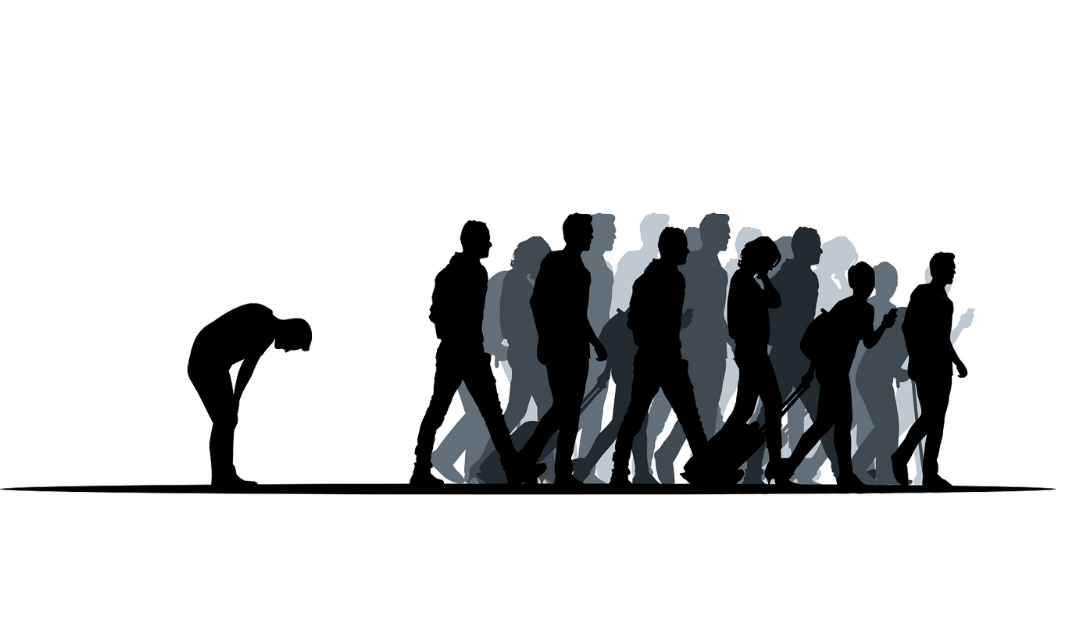
by Calien Trevino | Apr 11, 2025 | Anxiety, General, Trauma- and Stressor-Related Disorders
You know what’s fucked up? Society teaches us that in order to be loved, we have to seem perfect. That if we follow this invisible checklist of life milestones, we’ll be happy, successful, and worthy of admiration. Graduate by 22, land the dream job, get married by 30, buy a house, have kids, and live happily ever after. And if you don’t? Well, welcome to the existential crisis club.
For years, I felt like I was falling behind. I dropped out of college during my undergrad, and it took me seven years to earn my degree. I didn’t get married until I was 30. I still don’t own a home, and I don’t have kids. Meanwhile, I watched my friends and family checking all the traditional boxes. The weddings, the mortgages, the baby announcements—it felt like everyone had their lives together while I was stuck in a never-ending game of catch-up. And let me tell you, that mindset? It was brutal on my mental health.
The Pressure to “Keep Up” is Ruining Our Mental Health
When we measure our success by society’s timeline, we set ourselves up for disappointment. Because let’s be real—life isn’t a neatly wrapped package with a predictable timeline. It’s messy, unpredictable, and uniquely yours. But the pressure to keep up with everyone else? That’s what leads to stress, anxiety, burnout, and an overwhelming feeling of not enoughness.
Scrolling through social media doesn’t help. You see people your age buying houses, traveling the world, launching businesses, or announcing engagements, and suddenly you’re questioning everything. Am I doing something wrong? Did I waste my time? Why am I not where they are? Spoiler alert: comparison is a liar, and social media is a highlight reel—not reality.
Success is Different for Everyone (And That’s a Good Thing)
So let’s rewrite the script. Success isn’t one-size-fits-all. Maybe for you, success means:
- Prioritizing mental health over hustle culture.
- Healing from trauma and breaking generational cycles.
- Loving your job (even if it doesn’t come with a six-figure salary).
- Finding joy in the little things, like slow mornings and deep conversations.
- Building a community of people who actually get you.
When we fixate on outdated definitions of success, we rob ourselves of the joy of the present moment. We focus so much on what we haven’t accomplished that we forget to appreciate what we have.
Breaking Free From the Timeline Mentality
So how do we break free from this societal pressure? Here are a few things that helped me:
- Question the Narrative – Ask yourself: Is this something I actually want, or is it just what I think I should want?
- Celebrate Non-Traditional Wins – Healing, setting boundaries, personal growth—these are all major accomplishments.
- Step Away from the Comparison Game – Mute, unfollow, or take a break from social media when you need to.
- Create Your Own Definition of Success – One that aligns with your values, not anyone else’s.
- Be Kind to Yourself – Life isn’t a race. You’re not behind. You’re exactly where you need to be.
You Are Not Behind. You Are on Your Path.
If you’ve ever felt like you’re falling behind, take a deep breath. You’re not. There is no universal timeline for success, happiness, or fulfillment. Your path is your own, and the more you embrace it, the more you’ll realize—you were never behind in the first place.
So here’s your permission slip to live life your way. Success isn’t about checking arbitrary boxes—it’s about building a life that actually feels good to you.
And that? That’s worth celebrating. 🥂
Visit us at https://www.novatherapypllc.com to start breaking free!
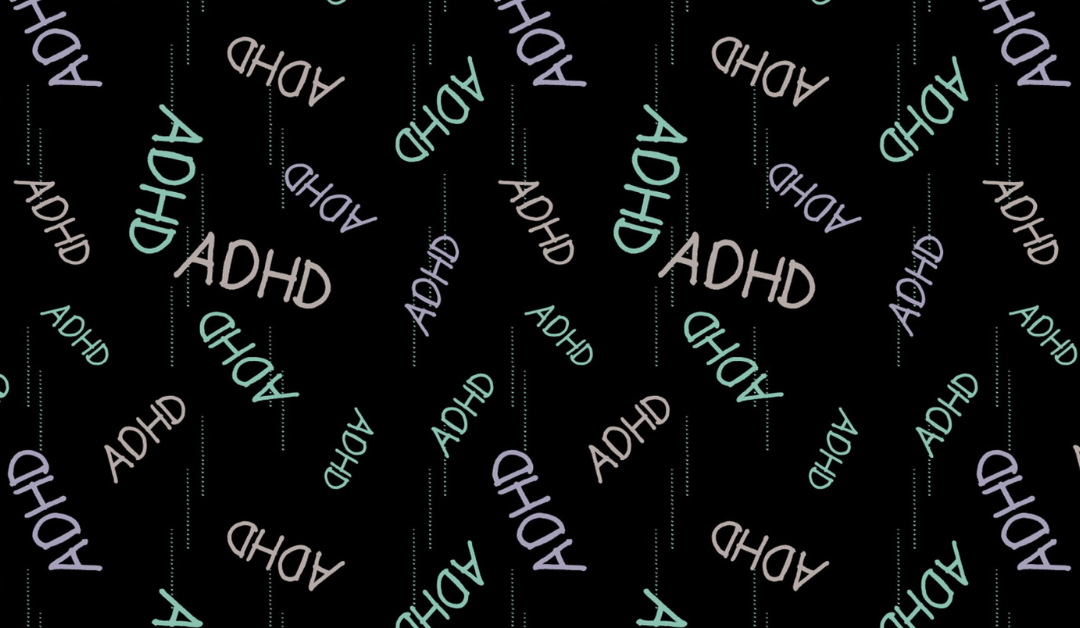
by Calien Trevino | Mar 28, 2025 | Anxiety, General, Trauma- and Stressor-Related Disorders
If you’ve spent any time on the internet, you’ve probably heard something about ADHD. Maybe you’ve seen memes about people with ADHD hyper-fixating on a random hobby for a week straight or forgetting where they put their phone while it’s literally in their hand. But ADHD is so much more than just being a little scatterbrained or “bad at paying attention.” It’s a full-life experience that impacts emotions, relationships, and even everyday routines.
And, fun fact—I don’t have ADHD, but my husband does. And let me tell you, it has been a journey of learning, understanding, and (let’s be real) exercising an unreal amount of patience. Like that one Valentine’s Day when I went to Pilates for an hour and came home to what looked like a natural disaster in our kitchen. While I so appreciated his effort to make steak, lobster, salad, chocolate-covered apples and strawberries, and a bouquet of flowers (romance level 100, right?), he completely destroyed the kitchen in the process. Dishes were everywhere, cabinet doors were all wide open, there wasn’t a single inch of counter space left. Meanwhile, I had planned for a super chill night—pizza, a movie, and just relaxing. Instead, I spent three hours helping him finish the meal (because he hadn’t even gotten to cooking yet) and then cleaning up the absolute wreckage.
And that, my friends, is just a glimpse of what it’s like to love someone with ADHD.
WHAT IS ADHD, REALLY?
First things first—let’s talk about what ADHD actually is. ADHD, or Attention-Deficit/Hyperactivity Disorder, is a neurodevelopmental disorder that affects a person’s ability to regulate attention, impulses, and emotions. It’s not just about being “hyper” or “easily distracted”—it’s a full-body, full-life experience.
ADHD symptoms usually fall into three categories:
- Inattention – Difficulty focusing, getting easily distracted, forgetting things, struggling with organization and time management.
- Hyperactivity – Restlessness, fidgeting, trouble sitting still, feeling like they need to be doing something all the time.
- Impulsivity – Interrupting conversations, making decisions without thinking through consequences, emotional outbursts.
Not everyone with ADHD has hyperactivity—many people (especially adults) have more of the inattentive or combined type, meaning they might look totally “functional” on the outside but internally feel scattered, overwhelmed, and exhausted.
ADHD MYTHS: LET’S BUST ‘EM
Before we dive into what ADHD actually looks like, let’s clear up some of the biggest myths floating around out there.
MYTH #1: ADHD is just about not being able to focus.
Nope. ADHD is more like struggling to regulate focus. That means sometimes people with ADHD have trouble concentrating, but other times, they hyperfocus for hours on something they find interesting (hello, 10-hour deep dive into obscure Wikipedia pages).
MYTH #2: ADHD only affects kids.
Another hard no. While ADHD is often diagnosed in childhood, it doesn’t just disappear when someone turns 18. Adults with ADHD deal with challenges in work, relationships, and daily life—often without the support they needed when they were younger.
MYTH #3: People with ADHD are just lazy.
If I had a dollar for every time I heard this one, I could afford to hire someone to clean up after my husband’s next grand project. ADHD isn’t about laziness—it’s about executive dysfunction. That means starting tasks, organizing thoughts, and following through on plans can be way harder than it seems. It’s not a lack of effort; it’s a difference in brain wiring.
MYTH #4: ADHD isn’t a real disorder.
If only it were that simple. ADHD is a neurodevelopmental disorder, backed by decades of research and brain imaging. It affects how the brain processes information, regulates emotions, and manages impulses. So yeah, very real.
WHAT ADHD ACTUALLY LOOKS LIKE
So what does ADHD look like in real life? It’s different for everyone, but here are some common traits:
- Impulsivity – Saying things without thinking, interrupting conversations, making questionable late-night online purchases.
- Hyperfocus – Zoning in on one task for hours and completely forgetting to eat, drink water, or, you know, respond to texts.
- Time Blindness – Thinking 10 minutes have passed when it’s actually been 2 hours (or vice versa).
- Forgetfulness – Losing keys, forgetting appointments, or leaving the laundry in the washer for days (…weeks?).
- Difficulty with Transitions – Struggling to shift from one task to another, especially if they’re deep in hyperfocus mode.
- Emotional Dysregulation – Feeling emotions big time—whether it’s excitement, frustration, or stress.
LOVING SOMEONE WITH ADHD
Being married to someone with ADHD has taught me a lot about patience, communication, and adapting. Some days, I feel like the project manager of our lives—reminding him of appointments, helping him stay on track, and creating structure where his brain thrives. Other days, I see how his ADHD brings so much spontaneity, creativity, and energy into our life.
Here’s what I’ve learned:
- Expect the unexpected. Plans might change because their brain suddenly decides now is the time for a random deep-clean of the closet or a new hobby.
- Give gentle reminders, not nagging. Framing things positively helps—“Hey babe, remember you were going to call the doctor today?” instead of “Did you seriously forget again?”
- Pick your battles. Some things just aren’t worth getting worked up over. If my husband leaves cabinets open, I take a deep breath and close them. It’s not the end of the world (even if it is mildly infuriating).
- Celebrate their strengths. ADHD brains are full of creativity, passion, and out-of-the-box thinking. When they’re in their element, it’s magic.
FINAL THOUGHTS
If you love someone with ADHD—or you are someone with ADHD—just know that it’s not about “fixing” or “curing” anything. It’s about understanding, adapting, and appreciating the way ADHD brains work. Yes, there are challenges, but there’s also so much vibrancy, creativity, and fun that comes with it.
And if your partner ever decides to make an elaborate Valentine’s Day dinner while you’re out for an hour… just mentally prepare yourself. It might not go as planned, but hey, at least it makes for a good story. And don’t forget to visit us at https://www.novatherapypllc.com for your ADHD!
Page 1 of 912345...»Last »







